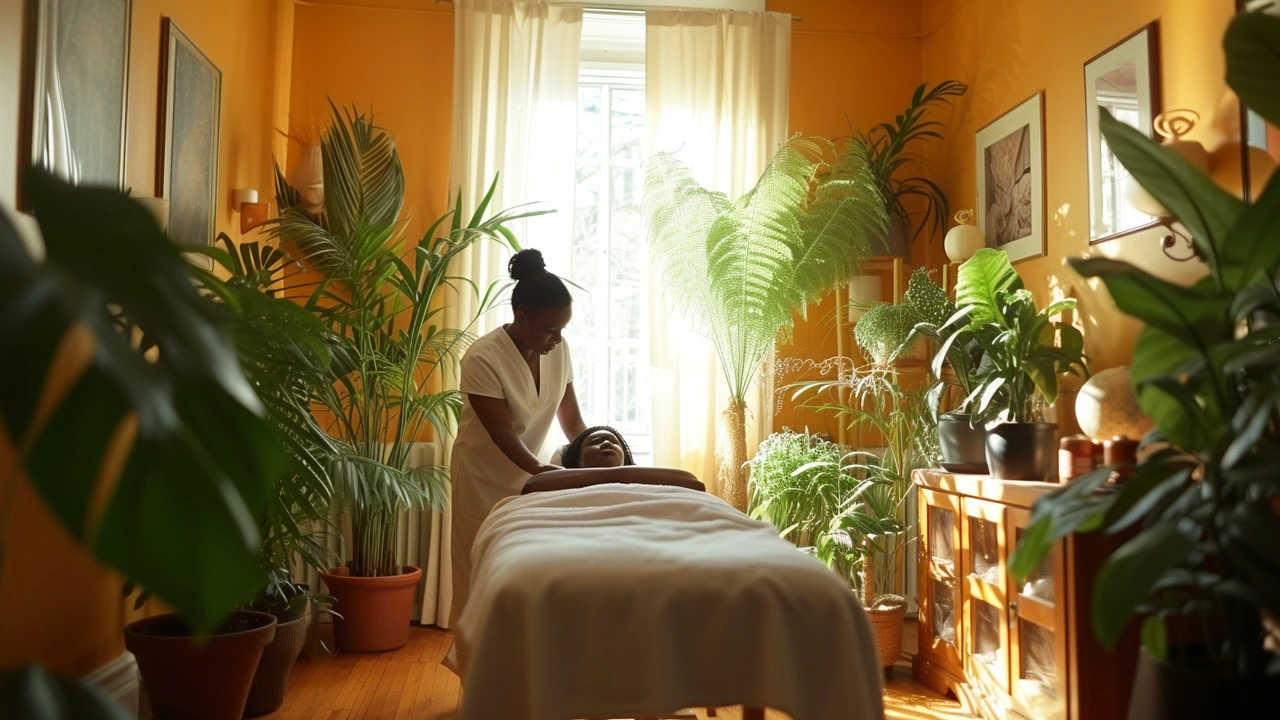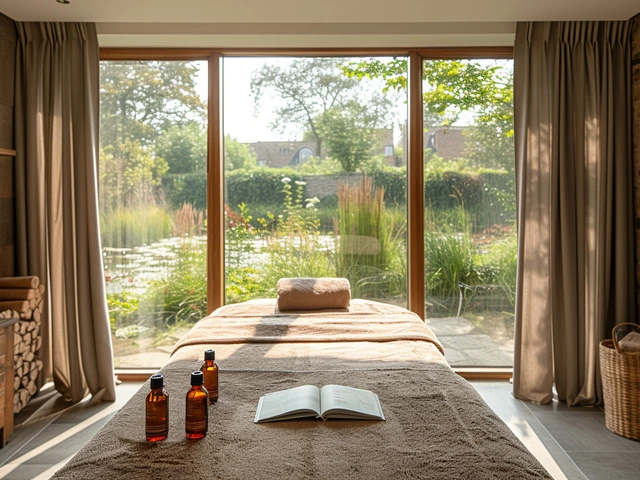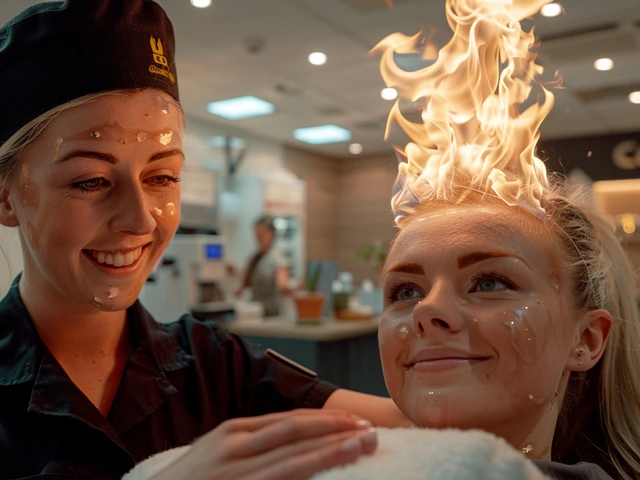Massage in Medicine: Practical Guide to Therapeutic Touch
Massage isn’t only a spa treat—clinics and rehab centers use it every day to reduce pain, speed recovery, and improve quality of life. If you think of massage as luxury, you might be missing a simple tool doctors and therapists recommend alongside drugs and exercise.
This page shows when massage works in medical settings, which techniques are common, and how to pick a therapist safely. No fluff—just clear, useful advice you can use before your next appointment.
When massage helps
Pain relief: Techniques like trigger point massage and deep-release work well for sore, tight muscles after injury or long sitting. Recovery after surgery or injury: gentle methods—palliative massage, Ortho-Bionomy, or gentle movement therapies—can reduce stiffness and improve range of motion when applied by trained clinicians. Chronic conditions: therapies such as Rolfing, Hellerwork, and Feldenkrais focus on posture and movement patterns to lower ongoing pain and improve function. Stress and sleep: acupressure and calming touch therapies help reduce anxiety and improve sleep, which supports healing.
Always tell your provider about recent surgeries, blood thinners, cancer, skin issues, or infections. Those are real safety limits—good therapists will adjust or avoid certain techniques when needed.
How to choose and what to expect
Credentials matter. Look for therapists with clinical experience or extra training in medical massage, palliative care, or the specific method you need (for example, trigger point, Lomi Lomi, or Amma for sports recovery). Ask if they work with healthcare teams—therapists who coordinate with doctors or physiotherapists usually tailor sessions better to your rehab plan.
Before your first session expect a short intake: your health history, pain map, and goals. A typical medical massage session lasts 30–60 minutes and can include soft tissue work, joint-friendly stretches, and home self-care tips. Good therapists show you simple moves to keep benefits going between visits.
Quick red flags: stop or reschedule massage if you have a fever, uncontrolled bleeding, deep vein thrombosis risk, or sudden unexplained swelling. If a therapist pressures you into painful techniques that feel wrong, pause and ask why—they should explain benefits and risks clearly.
Want to try different approaches? Use targeted sessions: trigger point work for stubborn knots, warm stone therapy for tight muscle layers, palliative massage for comfort in serious illness, and movement-based therapies like Feldenkrais to change how you move day to day. Each method has different goals—ask what the session will do for your specific problem.
Start small, track results, and combine massage with exercise, sleep habits, and medical care. When used right, massage in medicine helps you move easier, sleep better, and feel more like yourself during recovery.

Exploring the Impact of Therapeutic Medical Massage in Modern Healthcare Practices
Hey there, folks! I'm excited to dive deep into the world of medical massage and share with you all just how vital it is in today's healthcare landscape. You might be wondering, "What's all the buzz about?" Well, medical massage isn't just about relaxation; it's a key player in pain management, rehabilitation, and overall patient wellness. I've been exploring its benefits and I'm in awe of how it complements traditional medicine to help folks heal and feel better. Stick with me as I uncover the amazing roles of medical massage in healthcare and why it's not something to overlook!
Categories
- Health and Wellness (148)
- Alternative Therapies (86)
- Massage Therapy (40)
- Travel and Culture (15)
- Beauty and Skincare (9)
- Holistic Health (8)
- Health and Fitness (5)
- Spirituality (5)
- Other (2)
- Personal Development (2)
Popular Articles



